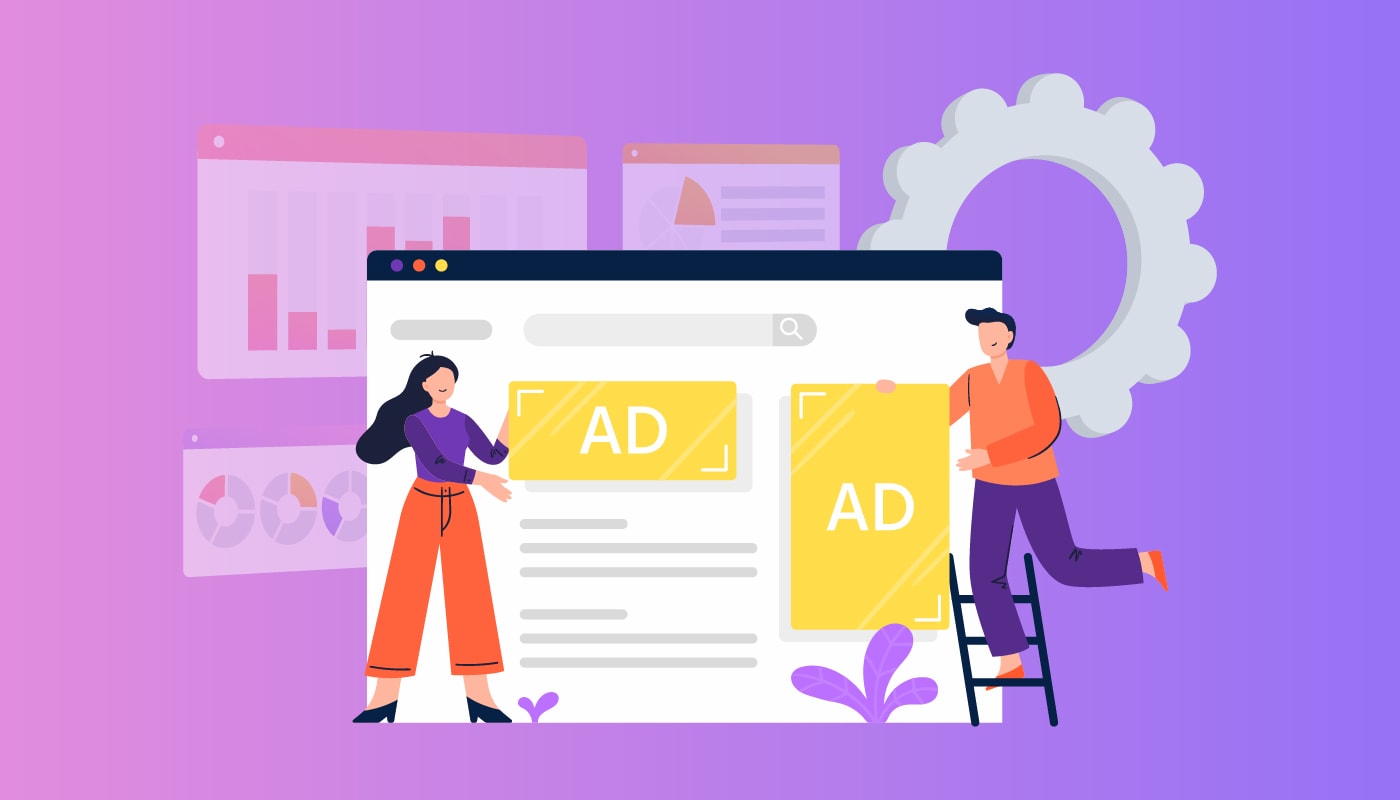Want to advertise your shop on Instagram but don’t know where to begin? It can be overwhelming and stressful putting money into using Instagram ads you’re not sure how to effectively use. How much do you spend? What should you budget? What’s the most effective way to reach an audience? See, I’m getting overwhelmed just thinking about it.
Setting up Instagram ads and tracking their progress is a step-by-step process that’s easy to manage if you take the time to look into your options. The following is a road map that will guide you through using Instagram ads on your journey, with some tips and tricks added in to help you increase sales and engagement.

Identify Attractive Content for Your Audience
And I don’t mean content that necessarily looks pretty. Attractive content is what appeals to people and then provokes interactions and shares.
Likes and comments popping into your notifications are those little reminders for us of what posts people are connecting with. If you want more concrete data and proven statistics to help you build your Instagram ads – use Instagram Insights.
They’re accessible for those with business accounts, or users who have their Facebook page connected to their Instagram account (you’ll need this when creating your ad, too). Instagram Insights can be accessed when you click the three-lined menu at the top right of your profile page.
There, you’ll find all sorts of data that you can use to determine what kinds of ads you want to make and the people you want to attract.
View insights from the last 7 days, 30 days, to see your reach and interactions. A post may have had a wide reach, but not have gotten a lot of engagement. Maybe that just means it was shared more. Browse the areas you think will best benefit you to determine some kind of strategy so you don’t go into creating an ad blindly.
You can also see how many followers you’ve gained or lost (might be a blow to your ego), and what days are optimal for engagement.
You may have already known this information to some degree, but seeing it laid out in this way just further solidifies what your strengths and weaknesses are, and helps you achieve the goals from your Instagram ad/s.

How to Start an Ad
It’s strange that to start an Instagram ad, you need to go through another social network. Facebook Ads Manager is the place where all your ads for Facebook and Instagram live. So, if you don’t have a Facebook – you better set one up and connect it to Instagram like I previously mentioned.
The first thing you need to do is choose a marketing objective from three available categories: Awareness, Consideration, and Conversion.
Awareness helps get your brand name out there or expand your reach. Consideration is aimed at upping traffic or engagement for your content. And conversion is designed to push store traffic or sales.
Once you choose what marketing objective you want to measure, you can pick your campaign name. Name it something fun and catchy so you look forward to checking in on your progress. You don’t wanna get too corporate with this.
After naming your campaign, you need to choose a budget and set a bid for how much Instagram will charge per click on the ads or views of your content. The more money you spend, the more eyes will likely be on your ad. I would recommend starting with a reasonable budget using the lower cost options so you can build up from there.
You can also specify more information about demographics you want to target with this ad by selecting interests, job titles, age, gender, etc. Have it limited to a particular area like Pittsburgh where you think you can do more business with your yinz-themed shop, or expand it to the whole United States and other countries.
With your budget, you can have your ad be shown on certain days of the week, and determine how much you want to spend per day/week.
Next, you’ll be able to preview what your ads will look like on Instagram. You can even design the text, captions, and images you want to include in this ad with a few simple touches before it goes live!
But how do you choose what ad to go with?

Photo Ads
Photo ads have been a staple of Instagram since its launch, and have become increasingly more prominent on users’ feeds of recent. I get through about 5 posts on my feed before I see an ad, and so on, and so on. This is the standard type of ad – and maybe the first one you think of – for Instagram.
Sizes include the traditional square style, vertical, or landscape.
They’re the easiest to produce, but aren’t necessarily equipped for longtime brand awareness. Think of flash-style images or themes that will catch a users’ eye as they are scrolling. Use them to promote a sale, event, or other newsworthy aspects of your shop.
If you want to showcase multiple people wearing your merch or a series with multiple aspects of key information – carousel ads are the way to go.
They can be up to three images, which gives you more options as far as content. Show 3 photos for one of your tees and highlight different details: the logo, the material it’s printed on, the meaning behind the design. Get creative with how you market your items and your brand.
This type of ad will also give your followers the ability to slide through as they choose, and provides you with an opportunity to display what’s in store for them if they follow through. It also has the added bonus of being able to link relevant products or pages.
Another photo option that is especially worth looking into are Instagram Story ads.They’re convenient for users who don’t have time to scroll their feed. And they’re worth the investment.
According to a study done by Hootsuite, 58% of users said they were more interested in buying a product or looking into a brand just from Instagram Story ads.

Video Ads
Video ads can be much more engaging than just using an image. They have been shown in many cases to outperform photo ads because they offer another dimension of information that draws viewers’ attention and holds their interest longer than pictures.
You need to make those first seconds count, though.
Don’t start with a slow transition. Capture users’ attention with a bold series of images or footage that has a lot of movement. If people know it’s a video, they might be inclined to hang around longer and see what you’re all about.
An important thing you should do when setting up your video ad is make sure the video itself doesn’t take up too much space on screen — as videos start playing automatically when users scroll past them, there’s often not enough room for other content like text captions that can help your ad stand out as users scroll furiously down their feed.
And since Instagram audio is muted by default, text is a great way to communicate what you want to get out there: SALE 50% OFF! EXCLUSIVE OFFER! NEW MERCHANDISE! Things of that nature
You can also use video ads in Instagram Stories, they just require a different format, of course.
A simple Google search will provide you with all the needed measurements for the different Instagram ads. Image size for a traditional square Instagram ad is 1080 x 1080 pixels, a landscape video ad has a minimum resolution of 600 x 315 pixels, and an Instagram Story ad dimensions are 1080 x 1920 pixels.
You don’t want to have your ad turn out blurry or appear cropped after spending so much time on it, so keep these measurements on hand.

Measuring Growth
So, what do you do after you create your ad? After being so involved in the process, it’s important to take a step back and just watch as your first results trickle in.
After you’ve chilled out for an appropriate amount of time, the first thing you should do is take a look at your analytics. Instagram will provide you with information on how long people watched your ad if it’s a video, and what type of devices they were using. It’ll also let you know if someone has tapped out or clicked off of one of your ads before it finished playing (this is called a “skip”).
When it comes to measuring growth for photo ads, try looking at likes per post or comments per photo, as well as open rates which will tell you how many people have seen but not necessarily interacted with that content so far.
I know this is a lot of information to take in, but hopefully it outlined Instagram ads for you – and is something you can refer back to – when looking for the best insights to make your ads (and your business) a success!